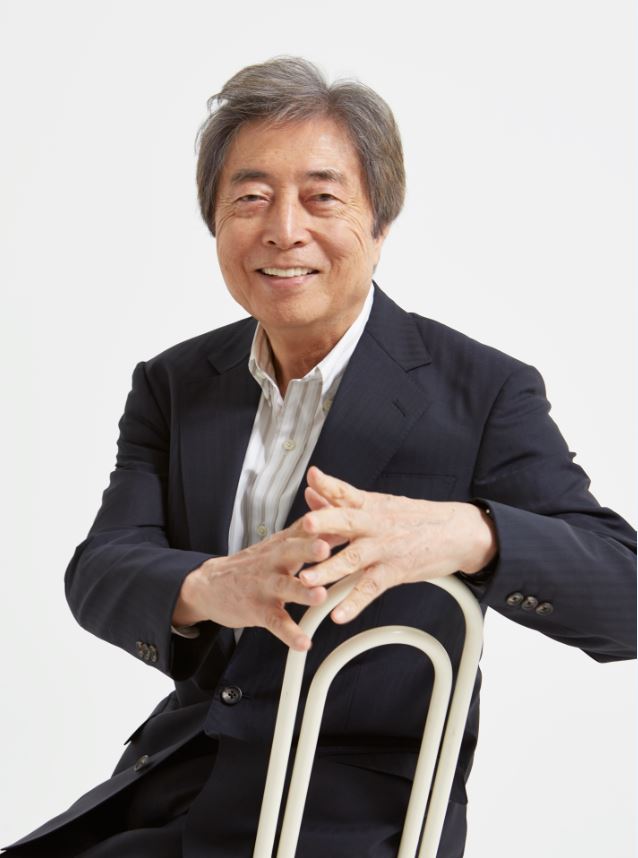This event now concluded.
- Speaker : Morihiro HOSOKAWA (Former Prime Minister of Japan)
- Date: Tuesday, July 18, 2023, 6:30-8:30 pm (doors open at 6:00 pm)
- Venue: Iwasaki Koyata Memorial Hall
- Language: Japanese (without interpretation)
- Admission: 5,000 yen/person (registration required)
*This event is exclusively for I-House members.
 When former Prime Minister Morihiro Hosokawa first heard about Russia’s invasion of Ukraine in 2022, “I simply couldn’t stand still,” he recounts. “It wasn’t something I could just brush aside as being someone else’s problem, an incident taking place in a country far away. I had to do something.” Driven by a sense of urgency, “I decided to use my paintbrush”—having dabbled in the arts since retiring from politics—“to express my support for peace.” In the lecture, Hosokawa will talk about the motivations behind his decision. His talk will be followed by a Q&A session and a reception.
When former Prime Minister Morihiro Hosokawa first heard about Russia’s invasion of Ukraine in 2022, “I simply couldn’t stand still,” he recounts. “It wasn’t something I could just brush aside as being someone else’s problem, an incident taking place in a country far away. I had to do something.” Driven by a sense of urgency, “I decided to use my paintbrush”—having dabbled in the arts since retiring from politics—“to express my support for peace.” In the lecture, Hosokawa will talk about the motivations behind his decision. His talk will be followed by a Q&A session and a reception.
Morihiro HOSOKAWA
 |
| photograph: Yoshihiro Saito |
Recently, he has been focusing his artistic efforts on fusuma-e (paintings on sliding-door panels), providing his works to such renowned Buddhist temples in Kyoto as Jizo-in, the Shoden Eigen-in subtemple of Kennin-ji, Ryoan-ji, Nanzenji, and the Tenju-an subtemple of Nanzen-ji, as well as Yakushi-ji in Nara. He is currently working on 32 fusuma-e for the Soji-in temple guesthouse at Koyasan.
He is the president of the Eisei Bunko Foundation and the Chinju no Mori project.
After the Great East Japan Earthquake of March 11, 2011, he launched a project to build a “great forest wall”—a mound of rubble and soil stretching for 300 km off the coast of northeastern Japan—and planting 600,000 trees. He is also a strong advocate of moving away from nuclear power, which has caused tremendous damage, and switching to renewable energy.
He has actively been providing humanitarian aid and supporting refugees from Ukraine since Russia’s invasion in February 2022, such as by donating the proceeds from his exhibitions and the sale of his paintings, pottery, and other artwork to the United Nations High Commissioner for Refugees (UNHCR).